Gallery Dept: The Rebellion Threaded Into Every Stitch
Gallery Dept isn’t just creating clothes—it’s crafting an anti-establishment uniform for the creatively restless. Founded by artist-designer Josué Thomas, the brand challenges what fashion can be by blending art, rebellion, and raw expression into every piece. Born from a place of purpose rather than profit, Gallery Dept flips the script on polished perfection, offering distressed, hand-painted, and deconstructed garments that speak louder than words. Its distinct approach to fashion, from reworked vintage pieces to cryptic typography, creates a new form of self-expression that rejects mass-produced style. Gallery Dept isn’t asking for attention—it’s demanding thought. This is fashion as resistance, and rebellion is stitched deep into its DNA.
The Origin: Built on Art, Not Algorithms
An Artist’s Vision Turned Streetwear Movement
Gallery Dept was born out of founder Josué Thomas’s art studio in Los Angeles, not a corporate showroom. What began as hand-painted denim and vintage tees for friends evolved into a global streetwear phenomenon. The pieces reflect his background in visual arts, giving each one a voice of its own. Rather than follow seasonal schedules, the brand evolves when the vision calls. It’s not about output—it’s about meaning.
From Vintage to Rebirth
Gallery Dept doesn’t manufacture its identity—it recycles and reimagines it. The use of vintage or repurposed materials isn’t just environmentally conscious—it adds history to each piece. A thrifted jacket gets deconstructed, hand-treated, and transformed into something completely new. It’s fashion with memory, emotion, and meaning.
Underground Roots, Authentic Rise
The brand didn’t go viral through campaigns—it spread through word of mouth, niche appreciation, and cult-like loyalty. Musicians, artists, and tastemakers wore the pieces authentically, not because they were paid to. Today, it stands as a rare example of a label that grew by staying true to itself—earning respect instead of buying it.
The Visual Code: Intentionally Unrefined
The Signature Paint-Splatter Look
Paint isn’t an accessory in Gallery Dept—it’s the signature. Hand-applied paint splashes cover jeans, jackets, and shirts with expressive energy. They’re not printed patterns—they’re real, unpredictable brushstrokes. No two items are alike, giving each piece a one-of-a-kind identity. The look is messy, raw, and powerful—an artistic fingerprint.
Deconstructed and Defiant
Torn sleeves, exposed seams, uneven hems—Gallery Dept’s garments aren’t “finished” in the traditional sense. But that’s the point. The deconstructed look reflects the brand’s core idea: rebellion against the expected.
Graphic Language That Speaks in Layers
Gallery Dept’s use of text, logos, and graphics often borders on cryptic. Words are blurred, distressed, or reworked into ironic forms. Instead of screaming for attention, they whisper complexity. These graphics feel like layered messages—personal, political, cultural. They’re not meant to be obvious, and that’s intentional. The viewer is invited to decode the message, making each shirt or hoodie more than just clothing—it becomes conversation.
Color Through Distortion
Gallery Dept rarely sticks to predictable color palettes. Paint drips down otherwise neutral tones. Colors are more about mood than coordination. This spontaneous color strategy adds visual unpredictability, giving every garment an electric individuality. The distortion turns chaos into charisma, proving beauty doesn’t have to be balanced.
The Cultural Voice: Speaking Through the Streets
A Quiet Critique of Consumerism
Gallery Dept is fashion with subtext. Its use of recycled clothing, distressed designs, and ironic prints challenges consumer habits.
Art in a Wearable Form
Where most fashion separates art from product, Gallery Dept merges the two. Garments are treated like installations—each a wearable artwork. This blurs boundaries between expression and utility. Whether it’s a hand-painted shirt or reimagined denim, the piece communicates something personal. It gives wearers the power to share in the story, to become walking canvases of creative defiance.
Cult Appeal, Not Mass Distraction
Gallery Dept isn’t trying to appeal to everyone—and that’s exactly why it matters. It speaks directly to a niche of thinkers, creatives, and style disruptors. Its limited drops and exclusive pop-ups create community instead of crowds. That scarcity, combined with artistic consistency, has created a loyal following who wear the brand not to impress—but to express.
The Future Thread: Staying Radical in a Commercial World
Keeping Creativity Over Commerce
As hype grows, the pressure to commercialize increases. But Gallery Dept’s challenge will be maintaining its authenticity. So far, it has remained resistant to mass production and trend-chasing. Future success will depend on staying rooted in artistic values—not sales goals. The rebellion must remain the priority.
Exploring New Creative Mediums
Gallery Dept’s foundation in visual art leaves the door open for cross-medium expansion. Pop-up exhibitions, film, sculpture, and live installations could all be next. The brand is more than clothes—it’s a creative force with room to grow.
Inspiring a New Generation of Fashion Radicals
Gallery Dept is part of a larger cultural shift. It’s showing young designers that fashion doesn’t need polish to be powerful. The legacy of the brand may not be a logo—it might be a mindset. A new way to think, create, and wear art.
